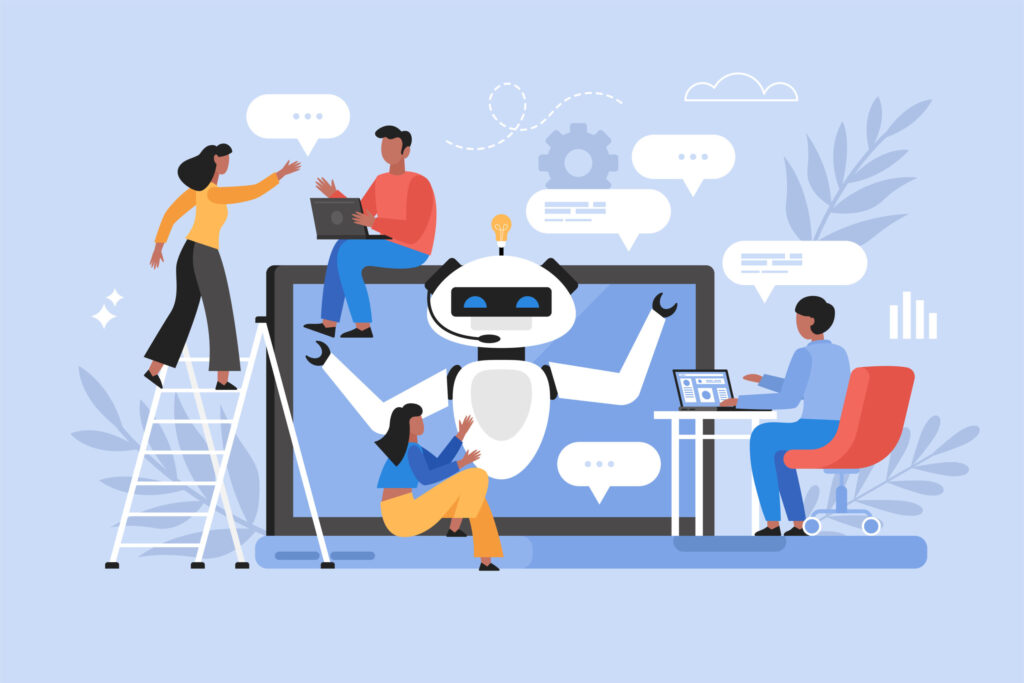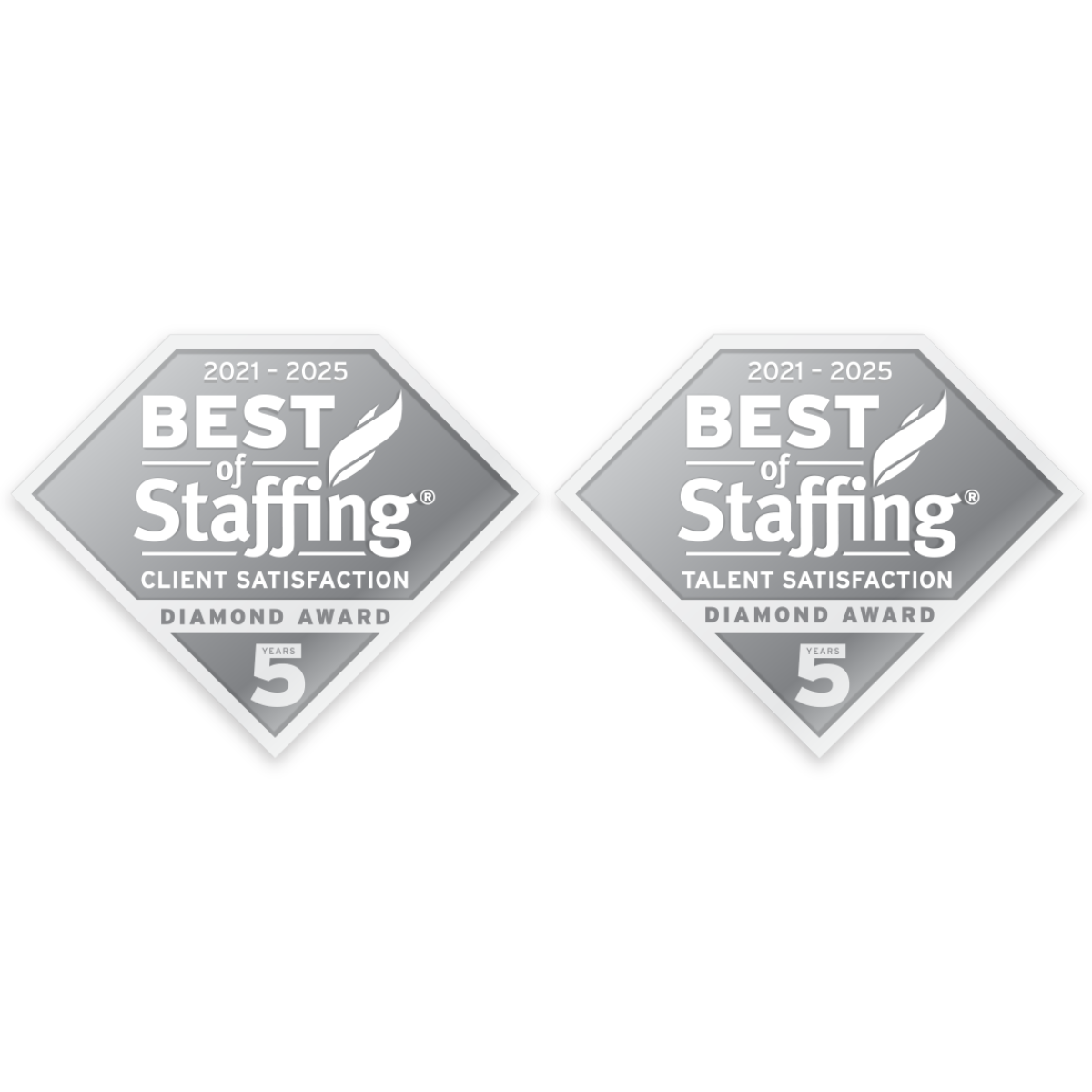The pope wore Balenciaga, and Biggie Smalls returned from the dead to sing a Nas song. Or did they?
Generative AI has created startlingly lifelike, otherworldly images, showcasing the immense power of this emerging technology. Companies worldwide are now wondering how (or if) to integrate AI into their operations. Can humans and machines enhance each other’s strengths? Are some projects better suited for humans and others for AI? Here are some ways to gain clarity on how businesses can approach this emerging tech.
AI is becoming adept at many “human” jobs, from providing customer service, writing emails, and diagnosing diseases to translating languages—improving at breakneck speed—understandably raising reasonable fears that AI will come to replace human workers across industries. But according to Harvard Business Review, “that’s not the inevitable, or even most likely, outcome… While AI will radically alter how work gets done and who does it, the technology’s larger impact will be in complementing and augmenting human capabilities, not replacing them.” Many companies are leaning into AI to automate processes, but according to HBR, “those that deploy it mainly to displace employees will see only short-term productivity gains.”
HBR researched 1,500 companies and found that the organizations achieved the most significant performance improvements when collaboration reigned and humans and machines worked together. The collaborative intelligence of humans and AI work synergistically, enhancing each other’s complementary strengths. For humans, creativity, leadership, teamwork, and social skills—and AI, speed, quantitative capabilities, and scalability. What comes easily for humans can be hard for machines—like writing a joke, and what’s simple for machines can be impossible for humans (like analyzing gigabytes of statistical data). Companies that leverage the power of the humans working for them and emerging AI come out on top.
Say hello to “cobots”—robots moving from potentially dangerous and “dumb” industrial machines to become smart, context-aware cobots working in tandem with humans, not apart. For example, a cobot arm in an automotive factory may handle challenging repetitive actions that require heavy lifting. In contrast, the person handles more nuanced tasks that demand dexterity and human judgment, like putting together a gear motor.
In the more creative sphere, AI can uplevel creative efforts. Autodesk’s Dreamcatcher AI can augment the imagination of even the most maverick of designers. Say, for example, that a furniture designer provides Dreamcatcher with information about a design concept, like a bench that should:
- Seat at least three people
- Support 500 lbs.
- 24” high
- Made of ecologically sustainable materials
- Cost less than $125
The designer can input additional information, like other benches, that they find inspiring. Dreamcatcher then concepts thousands of designs that match the criteria, often sparking ideas that the designer might have yet to consider or dream up. The designer can then guide the software by winnowing down which benches they like or don’t like, leading to a new round of concept designs. Through each conceptual iteration, Dreamcatcher calculates all needed to ensure that each proposed bench design meets the specified criteria, freeing the designer to focus on uniquely human strengths like aesthetic sensibilities and professional judgment.
In short, here is when AI is smart to use and when it’s not.
Use AI for:
Automation
By automating routine tasks using AI, you can free up human resources to focus their energies on more creative and complex work, like in the Dreamcatcher bench concept example.
Detailed Data Analysis
Large amounts of complex data can be analyzed with AI to glean deep insights. Doctors and research facilities use this technology to refine disease diagnosis, and economists leverage AI to understand macroeconomic trends better.
Predictive Analytics
Future outcomes can be predicted using historical data. AI can extrapolate trends that can be predictive, which can be incredibly useful for sales and marketing, financial projections, and more.
Personalized recommendations
A hallmark feature of AI is its ability to personalize content and services for individuals using their preferences and insights from past behavior. For example, AI can recommend products based on someone’s browsing and purchase history, crafting a unique user experience that feels more bespoke.
Don’t use AI for:
Human expertise needed:
AI cannot replace human expertise in many fields; while great at automated tasks, AI does not possess human intuition or emotional history, which figures into all creative fields. Screenwriting requires a person to draw from lived experience to craft resonant stories, something innately human.
Professional judgment:
Understanding the context of a situation and how it relates to a project or work is best left to humans, who have the emotional and psychosocial background to ascribe meaning and value to different circumstances. For example, McDonald’s has tailored its menu offerings for all the countries it operates in, considering taste variance and other cultural nuances.
Work that is sensitive to bias:
AI systems can perpetuate bias and discrimination. If there are ethical concerns around using AI—don’t. There is demonstrated bias against people of color and the accuracy of certain types of insights; for example, facial recognition algorithms are often trained to recognize a white person more easily than a black person, which can negatively impact people, hindering equal opportunity and stoking oppression.
__________________________________________________
Takeaway
AI has the potential to transform whole industries in the same way that personal computers and the internet previously revolutionized how we live and work. It is a powerful tool—but only when used responsibly.
Business leaders who want their companies to thrive technologically must use their workers and machines intelligently. Let machines do what they do best: sift through immense amounts of data and recommend courses of action. And let humans do what they do best: utilize good judgment and intuition to select the best options from available choices. And to keep top of mind that combined forms of intelligence lead to superior outcomes than when separated.
About the author.
An award-winning creator and digital health, wellness, and lifestyle content strategist—Karina writes, produces, and edits compelling content across multiple platforms—including articles, video, interactive tools, and documentary film. Her work has been featured on MSN Lifestyle, Apartment Therapy, Goop, Psycom, Yahoo News, Pregnancy & Newborn, Eat This Not That, thirdAGE, and Remedy Health Media digital properties and has spanned insight pieces on psychedelic toad medicine to forecasting the future of work to why sustainability needs to become more sustainable.




